The cost of fencing in New Zealand: types, materials and more
Written by
19 November 2020
•
9 min read

There's a wide range of factors that can influence the cost of fencing in New Zealand including types, materials, features and more. Each has an impact on the functionality and aesthetic look of a fence so it's important to know what these are and how they influence pricing so you can decide where to prioritise your spend.
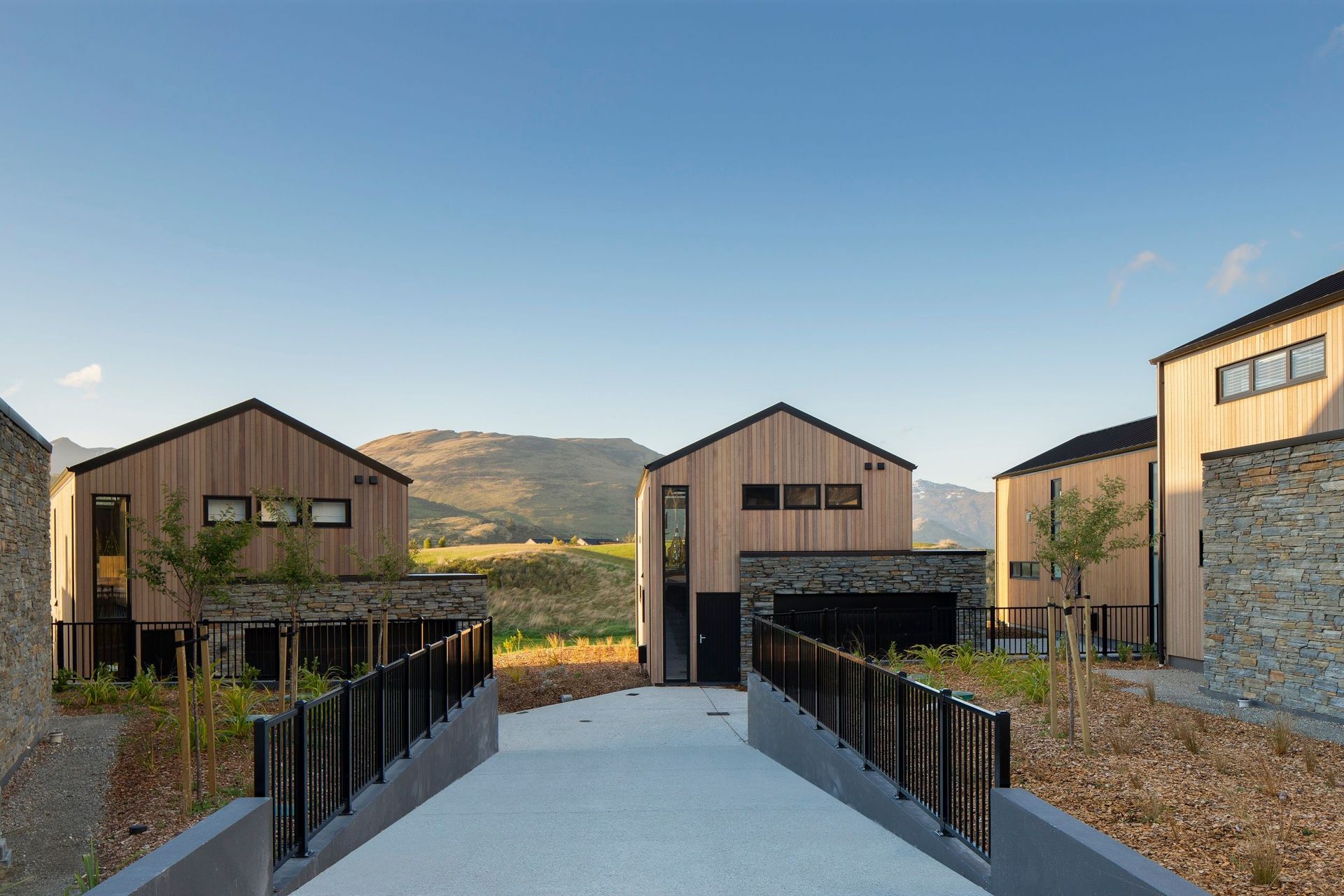
1. Timber fence
Wood is an appealing way to ensure privacy and security for your home. Timber fencing is one of the most popular types due to its affordability and variety of styles. More work is generally required to keep and maintain a timber fence, which might include regular painting, sealing or staining. However, there is usually a timber fence solution for any situation, such is its versatility, while the warmth it brings in terms of aesthetics is also highly valued.
How much does timber fencing cost?
Timber fencing price starts at approximately $100 - $300 per lineal metre, depending on the wood type. Premium hardwoods can go as high as $1,000 per lineal metre.
Discover a great range of timber fencing products on ArchiPro
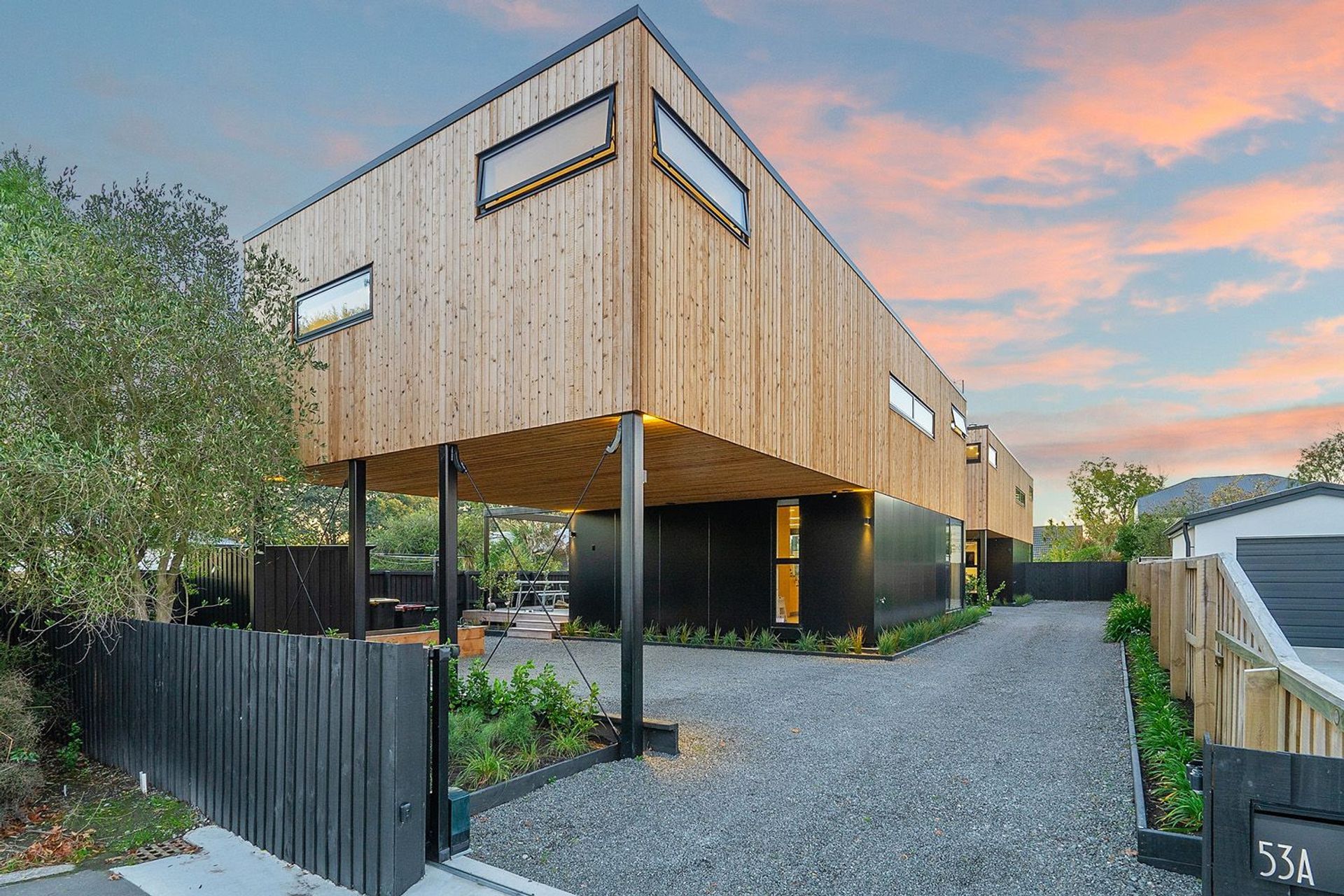
2. Paling fence
A paling fence is typically built using treated pine plinths, rails and palings. A variety of materials can be used, including hardwood if desired (recommended in windy areas). A paling fence provides good privacy and security with no gaps in its structure. There is also a lot of flexibility in its look with some choosing to stain a paling fence to preserve the natural look of timber while others will paint it to a colour of their liking.
How much does it cost to build a paling fence?
For a typical timber paling fence, you can expect to pay approximately $140 - $180 per lineal metre.
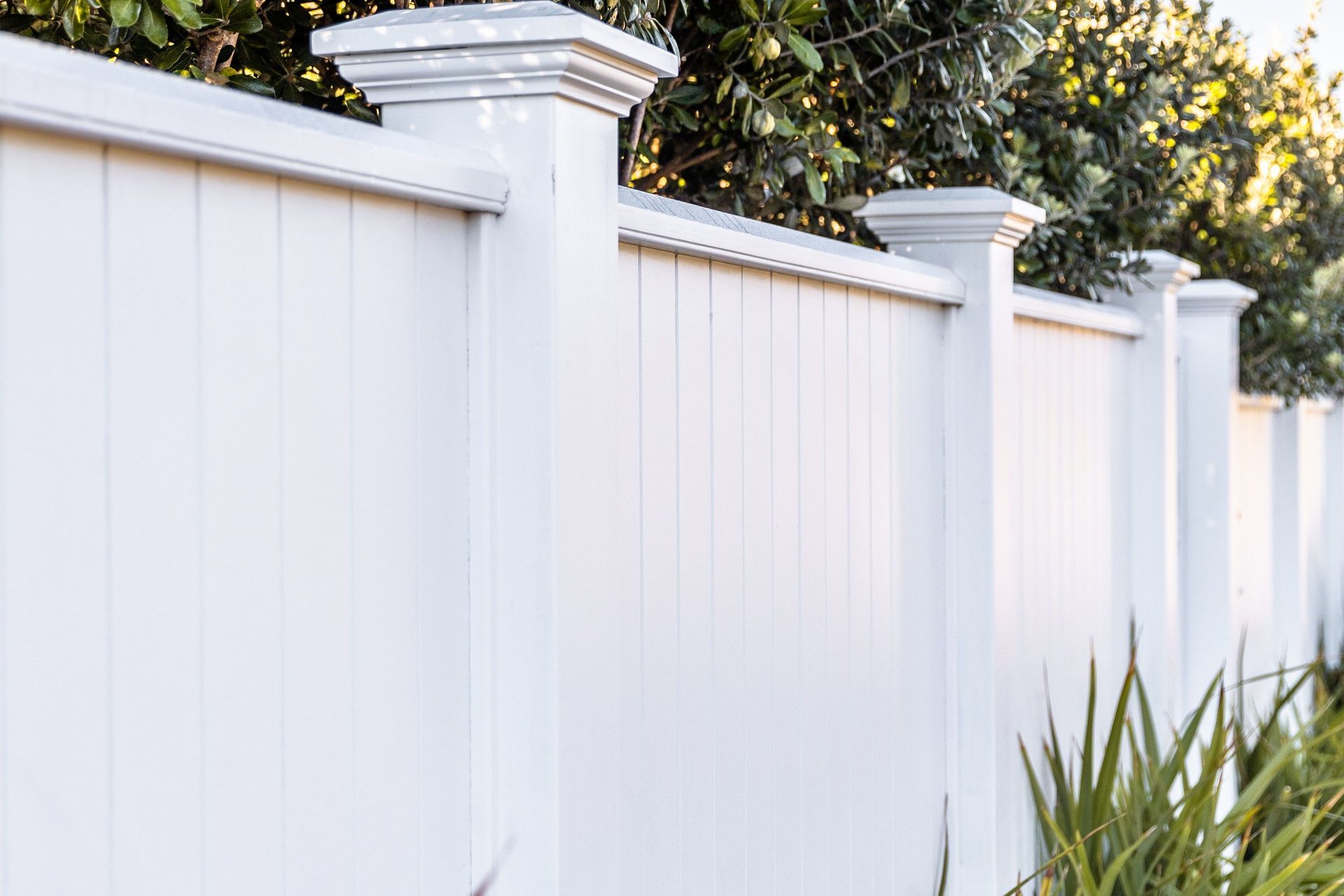
3. Picket fence
The iconic picket fence is the most decorative among timber fencing options in New Zealand. You can choose it in a traditional style, or opt for a contemporary look. Wood picket fences can be a somewhat costly solution but you can also get PVC which is slightly more affordable. Vinyl picket fences are another option that has great longevity but can also be a bit pricey.
PVC sometimes contains wood inside to make it more sturdy and can survive long even in severe weather conditions. Vinyl can be a bit more costly to install with specialised tools and expertise needed but it is effortless to paint and maintain., easily cleaned with water and soap.
How much does it cost to install a picket fence?
Expect to pay between $50 - $65 per lineal metre for PVC picket fencing. Wooden picket fencing starts at approximately $180 per lineal metre for an unpainted fence, depending on the size, type, and grade of wood you choose. Vinyl picket fences can start from $200 per lineal metre.
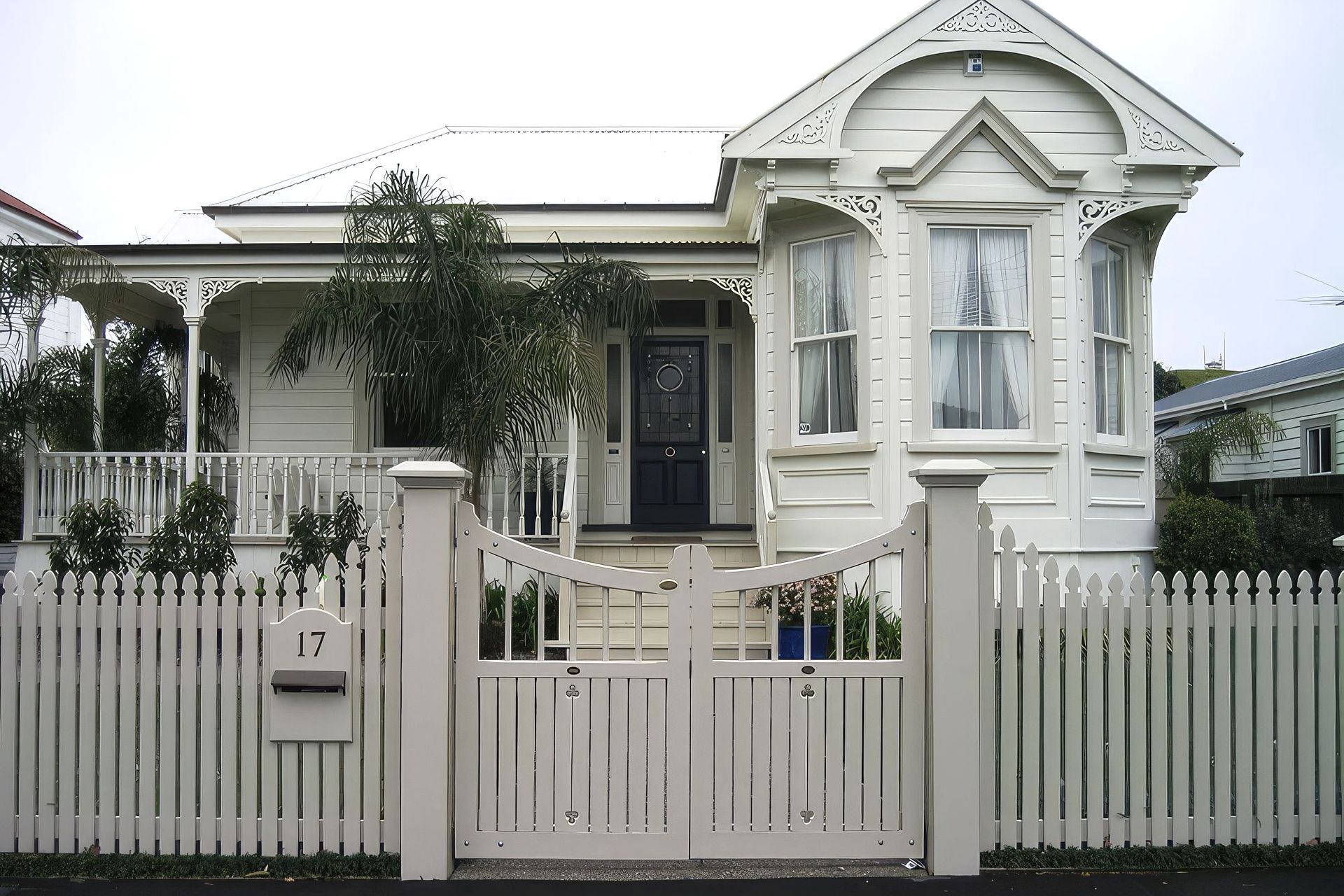
4. Composite fence
A composite fence looks and feels like a wooden fence but it's generally made from recycled plastics and wood fibres. The exact composition and proportion of binding material vary from one composite fence to another. The main advantage of this type of fence is that you'll never have to paint or stain them.
Longevity, durability, and low maintenance have made composite fencing one of the most popular solutions around. This type is exceptionally resistant to rot and mould and can last over 20 years giving a good return on investment. It is also a cost-effective solution though some do prefer the natural look of real wood.
How much does a composite fence cost?
On average, expect to pay around $40 per square metre for a composite fence panel though some can be priced upwards of $150 per lineal metre.
Related article: What is composite fencing and why is it so popular?
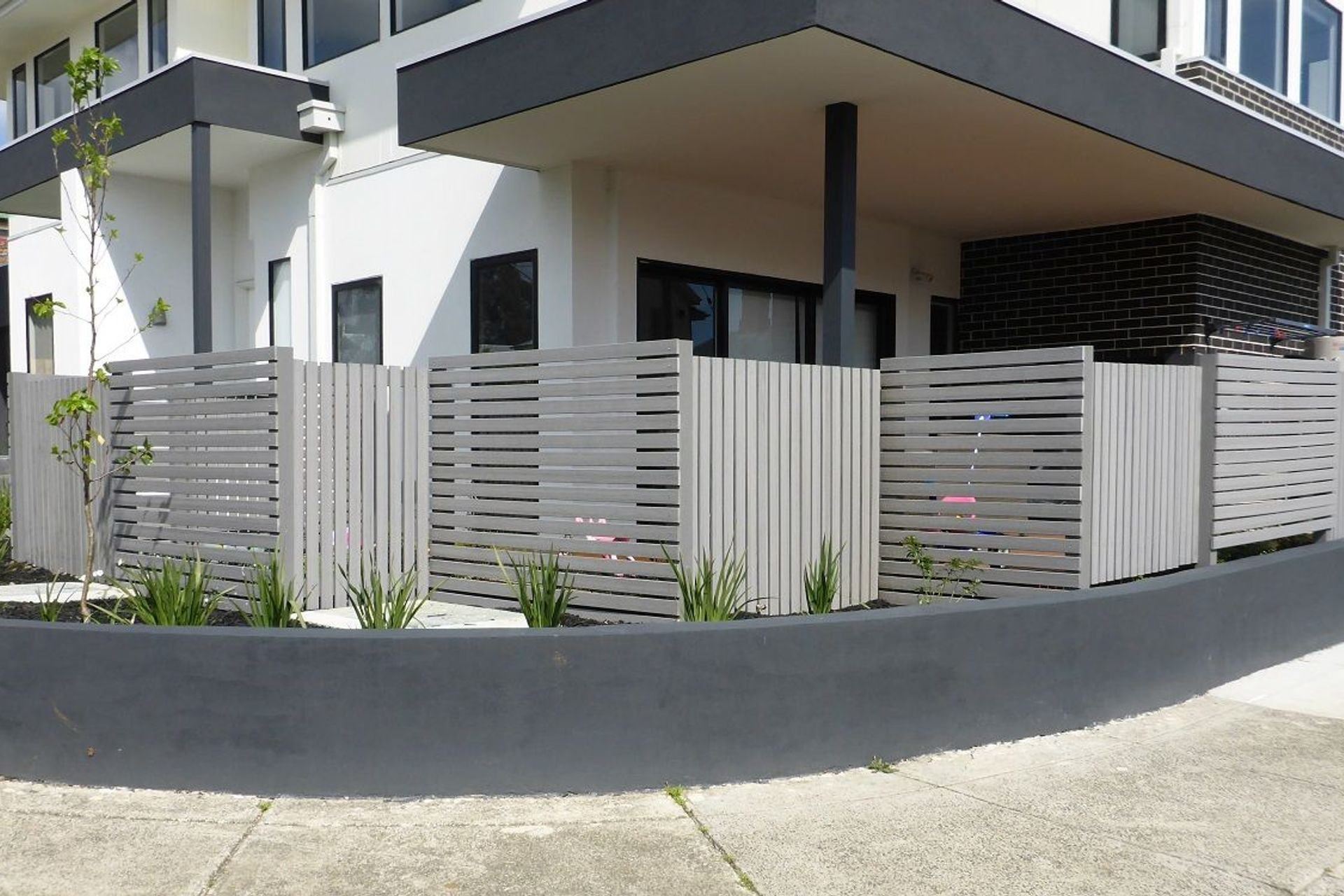
5. Metal fence
A wrought iron fence is possibly the first thing that comes to mind when one thinks about metal fencing as an elegant and traditional type of fence. Their long stakes and sharp ends are also a strong deterrent for unwanted intruders. This type is durable and sturdy, but it does require a lot of maintenance, including annual sanding and painting to prevent rust.
An affordable and low-maintenance alternative is the aluminium fence, resistant to rust and corrosion, strong, and easy to incorporate into the style of your home. However, it is not as robust as wrought iron.
How much does it cost to install metal fencing?
Wrought iron fencing starts around $170 for a 1.2 x 2m panel. Powder-coated steel is about $70 per square metre. The price for aluminium fence panels starts from $300 per metre installed.

6. Stone walls and pillars
New Zealand is rich in natural stone that makes beautiful walls, pillars and fences. Often designed to create an immersive natural environment, stone walls provide exceptional privacy and classy, timeless appeal.
Oamaru stone walls, stacked stone walls made from schist, and Hinuera stone - are just some of the popular options to choose from across the country.
Dry stone walls are an alternative to traditional ones and are made of stones fitted together without cement. Dry stone walls, however, require professional installation, and that process can be expensive.
What is the cost to build a stone wall?
The price of a 150mm block of Oamaru stone is around $70 while Central Otago schist retails for about $400 per square metre. Hinuera stone starts at $90 per square metre. These estimations comprise prices of materials without installation.

7. Pool fencing
Glass fencing is an ideal choice for surrounding a pool. It will keep the area safe while providing no visual barrier to reduce the view of your backyard. Glass pool fencing usually comes as framed, semi-frameless and frameless - the latter using a series of spigots, clamps and other pieces of hardware for a completely unobstructed view of your surroundings.
How much does it cost to install glass pool fencing?
The estimated cost of a glass fence starts at around $630 per square metre for framed options, $885 per square metre for semi-framed, and $1,150 per square metre for frameless ones.
Related article: Things to know about glass pool fencing in New Zealand

Other things to consider
Along with these fundamental costs, there are a few other things to consider before you make your final purchase. These are important as ignoring them may incur further costs in the long run which are always best avoided.
Neighbourhood rules and fence regulations
There are some simple rules and regulations about fencing that should be considered and checked to make sure that the desired choice complies with these requirements.
The Fencing Act sets out your obligations and rights to help maintain friendly neighbour relations. If you share a boundary with your neighbour, there is an option to share the bill too. If you can not reach an agreement, you must serve your neighbour with a "fencing notice" in order to start a formal process. The same applies to the situation where you can't agree about the fence type; however, your neighbour generally doesn't have to pay any more than half the cost of an "adequate" fence.
Ideally, your fence/fence posts should be placed in the middle of the boundary line. A height of up to 2 metres doesn't require planning consent from the local council.
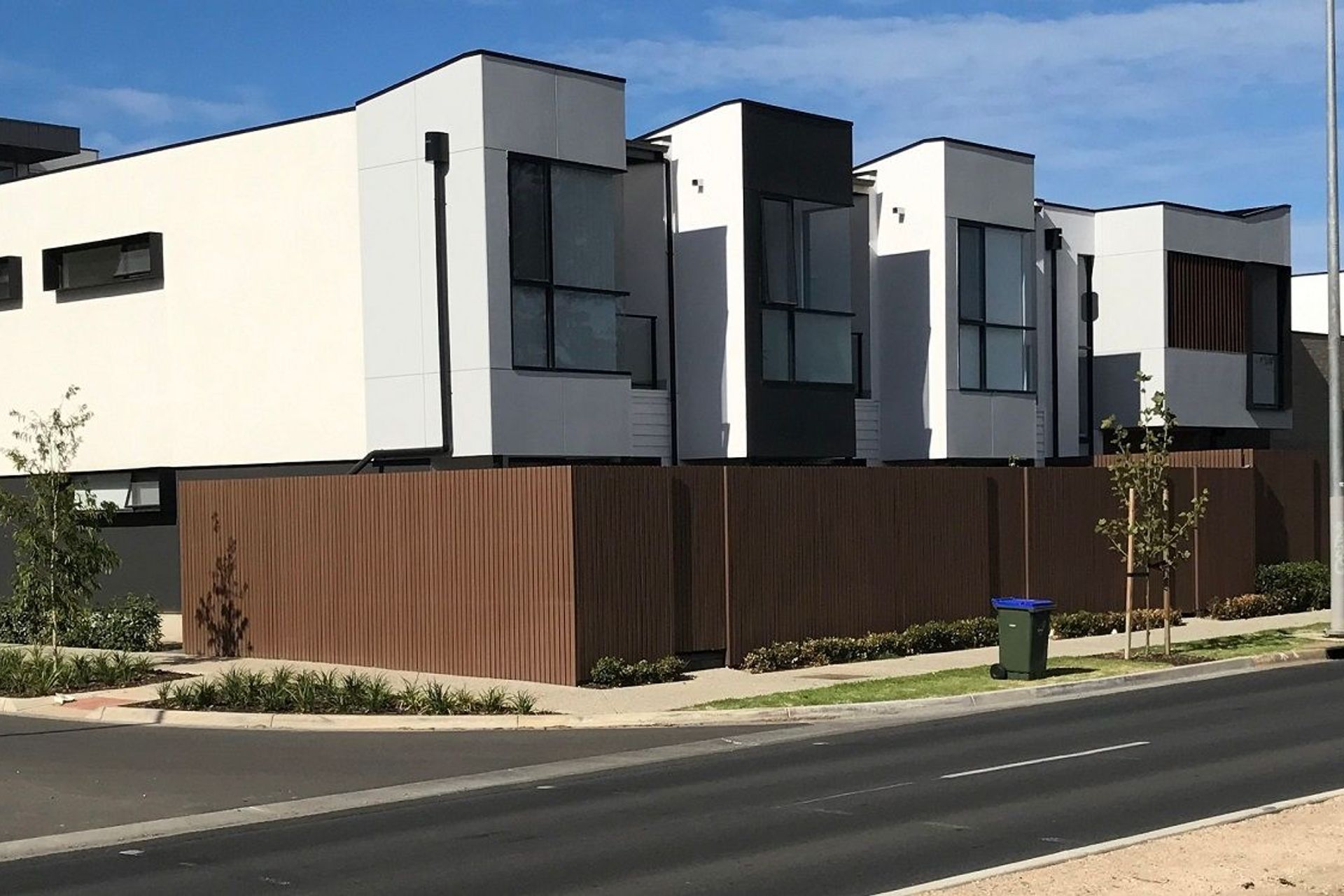
Understand your priorities for a fence
Safety above all. Most people consider protecting their home a concern on top of all others. For families with kids or pets or both, it works in two directions. A confined yard will keep unwanted visitors out while keeping your precious ones safe and secure.
If you belong to this group, you’ll probably opt for a fence that is taller and harder to climb over. A security fence, in general, is about eight feet tall, usually made of metal that might or might not feature pointy edges. Features like horizontal rails are best to avoid.
If privacy is what you desire most, then your fence design should provide a complete or fragmentary shield from view. Pick a taller type of fence with limited or no spacing between boards. Timber fencing and stone walls make a great choice here. Additionally, if your home is situated on a busy street, this kind of fence can secure more peaceful and quiet yard space.
Suppose that you live on the beach or the rooftop. In this case, you’re probably looking for a way to shield yourself from winds but not at the cost of blocking spectacular views. Obviously, glass is your best bet here.
Think about styling
After determining the primary intention, the next step is defining the style. In this phase, you should consider your personal taste as much as the design of your house. It will help you eliminate unsuitable choices and narrow down the selection further.
The architecture of your home should make it easy to narrow your list. For instance, surrounding a traditionally designed house, laser-cut composite wall panels would probably appear out of place. Brick, stone walls, or ornamental metal fencing would make a much more sensible choice. A contemporary farmhouse will do well with timber fencing while modern fencing will blend nicely with glass.
Related article: Different types of fences for New Zealand homes — pros and cons

The true cost of fencing in New Zealand to help you take the next step
As you can see, there are a number of considerations to keep in mind when budgeting for a new fence in New Zealand. The choice of material, the cost of labour, rules, regulations and styling all have an impact and by appreciating the significance of each, you'll be able to make a choice that delivers in every way you need it to give you a great return on your investment.
Explore an extensive range of high-quality fencing solutions on ArchiPro